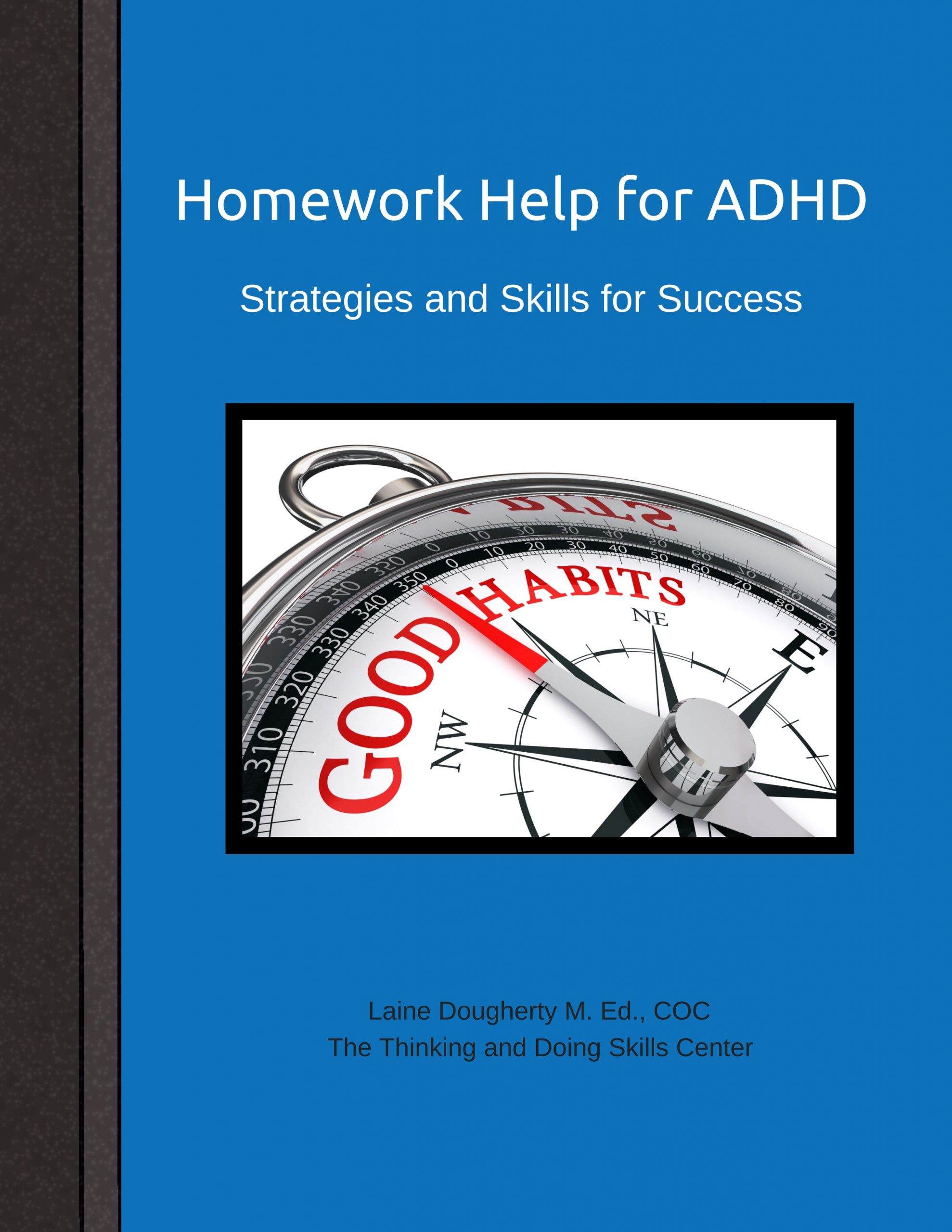 It is almost time for getting back to school. If last year was a struggle, it was probably about that four letter word…T I M E.
It is almost time for getting back to school. If last year was a struggle, it was probably about that four letter word…T I M E.
Does your child have the same perception/understanding about time that you do? If you feel that you are often encouraging them to “hurry up” or if they sometimes miss the bus or stay up late completing a project then you might want to try this experiment. Gather the family and a stop watch. Ask the children to close their eyes and not open them until they feel a minute of time has passed. Each individual will guess differently. Now have them time you. Is their sense of a minute longer or shorter than yours? Are you thinking it has been a minute when it has only been 30 seconds? Sometimes children haven’t developed that internal sense of the passing of time. Sometimes adults are in such a state of “rush” that they lose that sense of time. Using analog clocks and visual timers like a time timer can help develop that internal sense.
Next thing to figure out is how much time is available and what is it being used for? I suggest having your child keep track of his time on a time log. It is a great way to see where the time is going. Is there enough time for homework or are after school activities cutting that short? Sometimes, kids are doing the best they can but they are so exhausted from other activities, that homework only gets the minimum amount of effort. Other times they are just wasting the time or are multitasking between homework and Face Book.
So, is there enough time for the homework? Check the planner. If the student is using it, they should begin to estimate the amount of time each subject will take them. Add up those estimates and decide if there REALLY is enough time.
There are two drawbacks to a paper planner. Assignments are usually written in on the day they are given and not on the day they are due. So, if a project or test is due a week away, there is no reminder once the planner page has been turned. Secondly, a planner doesn’t provide the big picture view of what is due. Many students are using the calendar feature on their iPod touch or Google calendar to keep track of assignments and also to set reminders. Electronic reminders don’t forget and… kids don’t see them as “nagging” either.
Printing out the calendar view or writing all assignments on a monthly calendar helps to give the big picture view of what is coming up. Be sure to write in all activities and appointments so that students know exactly how much time they have to get homework done. The big picture also helps them see how many days they will need to work on a long term project. It allows them to add in small blocks of studying over several days to prep for a test. This has been shown to be more effective than cramming the night before. Using these strategies will help your child begin to understand that time can’t be stretched and if they want to have free time to themselves, they need to use the time they have efficiently.
If you’d like to stop “reminding” your child about homework every day and begin to build independence then check out our daily email program called end homework hassle. Each day a new strategy or skill is sent to your child through email. You get a weekly update of the content so you can support them as they go.








